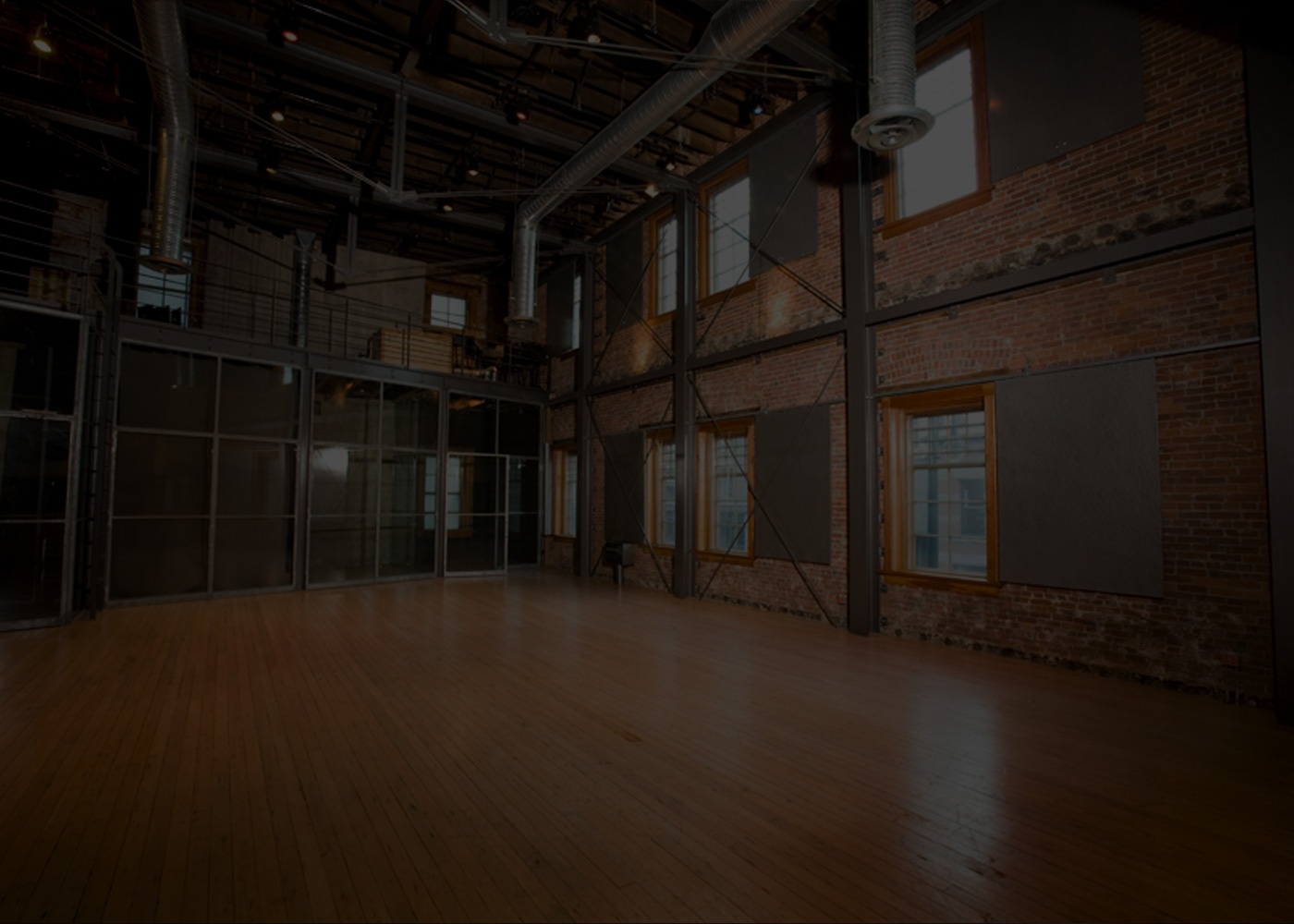The Prudhommes Landing property was sold a little over a year ago to FBH Group. This week, the Town of Lincoln began taking steps towards implementing a vision for the property. Lincoln town staff and a hired planning consultant have been completing a draft secondary plan, with the goal of showing the plan at a public meeting in early fall.
The goal of the secondary plan is to have something in place that will shape the future development, with the intention that the proposal from the developer should conform to this secondary plan. Once the draft plan is completed, it will be reviewed by a planning committee and then several city departments before it will finally be seen in a formal public meeting.
History of Prudhommes Landing
The Prudhommes Landing property features a full kilometre of Lake Ontario shoreline, and historically housed one of the biggest recreation complexes in Ontario. It was founded in 1949 by John and George Prudhomme. The recreation complex saw thousands of guests and visitors per day during the busy summer months.
The site was known for it’s dining spots, ballrooms, and theatre. In the 1960s and 70s the property suffered major fires, which prompted the listing of the property in 1971 for sale. At one point it became an amusement park with waterslides, which eventually closed. The sale of Prudhommes Landing to FBH Group occurred in June 2016.
The New Secondary Plan
The first draft of the secondary plan was introduced to the public in 2014, but began this new draft on its own. The new plan is said to have similarities to the old plan, including access to the lake. The main difference between the two plans, however, is residential development.
Previously the majority of the site was designated to future commercial development. This new plan focuses on residential development intensification. The town of Lincoln, located within the Niagara area, has been very involved in the process, and through workshops has shown that they are more focused on intensification, largely due to the town’s fixed urban boundaries.
A concept for this plan was presented last March, and the concept designated natural heritage and open space areas, as well as low-rise, mid-rise, and high-rise areas, and mixed use areas, among other things. The secondary plan to be presented in the fall will detail policies about permitted uses in the concept areas, and will give details about building heights and urban design guidelines.



